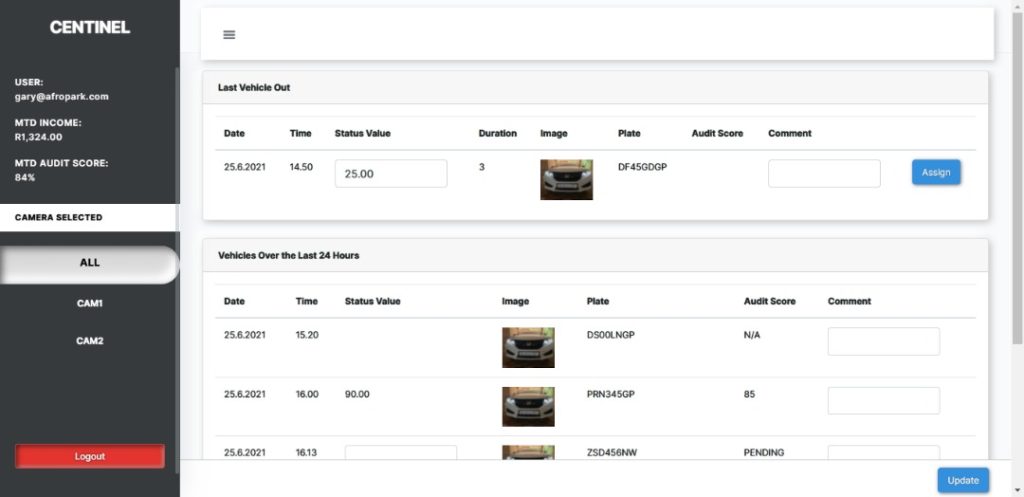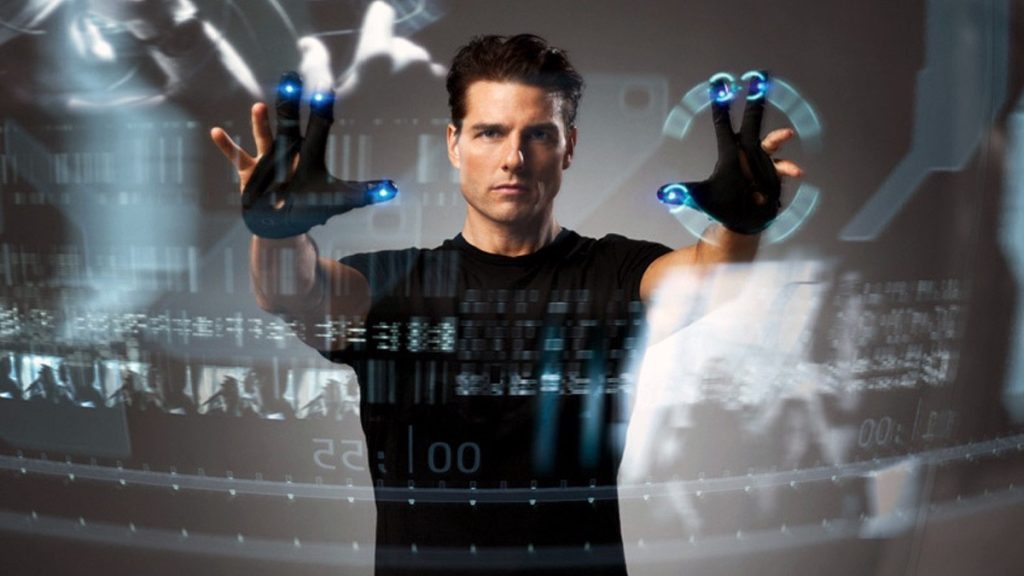Episode Timeline
Intro
Thank you for joining me on the 9th recording of the Technorection podcast. My name is Simon Yiga and Technorection is a series where I document my small businesses’ journey to rebuild from destruction brought on from COVID-19 – by using technology.
I called this technology Centinel and it will be built mostly by a computer programmer or coder. This episode is about how we hired our coder and what I have learnt from this somewhat unique process… From where to find the tech talent that matches your needs to the practical tips to maximize the chance of a successful software build. We will get to meet our coder:
Before we hear from David though, I need to breakdown some key concepts that were required before hiring him. So… I’ve divided the recording into 2 parts:
In part 1 I’ll go over these prerequisite key concepts, which include a review of Centinel’s design and a chat about the heart of a machine.
In part 2, I’ll go over the hiring process itself from the overall market for coders to a detailed account of our own experience going through the process.
Let’s get started.
Project Recap
Let me summarize and quickly recap this whole thing to get an idea what we’ve done and where we currently are –What I am documenting here is really an investigation to see if we can use technology to bring our dead business back to life.
In the first recording, I broke down a 7-step plan to achieve the goal of resurrecting our subject – in this case our parking business called Afropark – which based in Johannesburg: First, we identified and analysed the specific problems that contributed to the collapse of the business, then we created the blueprint or design of the tech and new system we think will solve these problems, we then hired the programmer to build the tech, this is where we are currently. When the coding is done, we will train our internal team, before launching the new and improved Afropark business, powered by Centinel.
Finally after launch, we aim to keep the product up to date continuously with strategic updates to Centinel.
Ok, all caught up. In the previous recording I spoke about our approach to the design of Centinel. I initially budgeted 2-4 weeks on this. Well… it took a lot longer than that. It took nearly 8 weeks! Delays are normal in any worthwhile project, but when you are losing money daily, then every second over your schedule is painful. We were delayed because of a couple of things.
Firstly, I underestimated the time it would take to learn how to use the basic design tools. Remember… I’m not a designer and frankly couldn’t afford to hire a one, so… I had to spend time teaching myself how to use a few different tools and eventually settled on one appropriately called “Sketch”. The previous tool I used was a pencil and used printer paper, so there was a bit of a learning gap… Besides the time it took to learn the software design tool, there was also the time to research various technical solutions that are out there and of course the Challenges when life gets REAL. It all seems to slow down progress… But we got there… eventually and having finalized a good enough design, we hired our coder. As of this recording, Coding is well in progress.
Design Review
So before we got to this point of having a competent computer programmer, we had to finalize the detailed system design of both the front-end and back-end of Centinel… I don’t know how most people spent the enforced Covid lockdown time – I suddenly started obsessively watching house and garden shows on TV so I keep going to house build analogies in everything – This detailed system design is something like the plans of a house- what it will look like – all the walls, paint, doors, etc. would be the Front-end and how it will work behind the scenes – electricals, plumbing, – would be considered the back-end.
I think the quality of any design will influence the people who choose to work on it. So before hiring it will help if you also had the design reviewed by a pro, q user and perhaps even the person who you are considering hiring to code or build it – This is exactly what we did – 3 people reviewed it extensively – A professional business Process re-engineering Consultant, 2ndly. David our coder. And a parkade manger – our target user – someone who I expect to use the system to manage their car parking lots digitally and our previous people-based service offering. I interviewed all of them and their feedback is provided in a separate recording that will follow this one.
The different perspectives each person provided, made for improvements to the design that I totally missed to make it better and more logical to implement. It resulted… I think, in a design that is easier for the programmers to code and trainers to teach. Reviews also help make sure the solutions you’ve described work in the real world and are not fantasy or pipe dreams.
Core Technology
The Centinel design, particularly the backend was based on simple and long-established approaches so that we were not re-inventing the wheel. Introducing an all new tech into an old industry to revolutionize it cannot easy. It takes a lot of research and development… 10s sometimes 100s of millions of dollars and also to truly take off, the technology has to be implemented in cost effective way.
Nowadays there are broader than ever range of companies that specialize in creating specific technologies to do just that – revolutionize an industry, in our case resurrect a business – these companies essentially rent the technology to the industry to make it cost effective for the revolution to happen.
For example – In 2005 if you had a small retail shop and wanted to create a full featured online store, you would have to hire a team of coders to create every aspect of the website – from it’s shop layout to ordering and inventory management and integration into to credit cards and shipping providers. To do online shopping well, was hard, expensive and time consuming and the skills to do it where not easily accessible or even available at all. I tried running an online- business around the mid-2000s – spent more time working ON the website than on the business itself… it flopped within a year. Come 2021 and now to create an online store just requires signing up to an …. already full developed eCommerce tech platform…. like Shopify or Wix. Easy to use and no technical knowledge required. All for a reasonable monthly fee. Now anyone, can have a part time online business with customer functionality as robust as Amazon.com. That is revolutionary.
So our parking management business Afropark essentially needs parking management specific technology. Without existing, cheap parking technology to rent, the resurrection cannot work. The core technology that will make it work is computer vision, more specifically Automatic License Plate Recognition Technology or ALPR. This tech allows camera-equipped computers to identify vehicles by their number plates, make, model, year and colour with incredible speed and accuracy and enables a great degree of automation of parking management… Luckily there a number of companies renting out this technology so the design is essentially our implementation of this core technology.
Core Technology is the heart of the machine – the key capability that makes it work. For example In any vehicle, the core technology is the engine. That’s the heart right? A truck is different from a bus but the core technology that connects these 2 vehicles and makes them function… is the engine. They are different implementations of a core technology. Centinel is a parking management implementation… of the Core technology of computer vision.
If you don’t already have a core technology in your industry and you need to develop it yourself, then our approach won’t work for your revolution.
The reason I am spending so much time talking about industry specific core technology in a recording about hiring a developer – is because the design that the developer will use to program Centinel is largely how we customize the available core technology and integrate it into our service offering.
The availability of the core technology in our industry is what made it simple enough to design without a proper software engineering professional and also means it will be easier, therefore cheaper to build and require relatively widely available skills to do… making the hiring process more manageable. Core tech means you can hire a single coder for a few months and not a huge team of researchers, engineers and systems integrators for years!
To wrap up the recording, I’ll share my own thoughts on our design which go along with the thoughts already captured by my professionals in the separate review episode.
My Design Review
So, our design: In the previous recording I spoke about how successful digital design makes the Human Machine Interface intuitive and makes the leap possible from an analogue, traditional business like ours to a digital one. So is Centinel’s Human Machine Interface successful?
My review is probably biased but I’m looking at the screens of our HMI that David created from our design and… well it’s definitely a quiet satisfaction seeing it coming to life, but if I’ll be honest it looks like a spreadsheet. A humble spreadsheet, not exactly a baby that wins beauty pageants – a good strong heart though!
It presents the most vital information in rectangular cells arranged in rows and columns that flow chronologically downwards … like transaction list on a bank statement. So basically, the main screen looks like a spreadsheet of lines of vehicle entry and exit records. When a car enters the basement, Centinel’s cameras recognize the car and its plate and makes a record of the entry as a new line… added to this spreadsheet-like interface and as more cars enter this data cascades downwards – it looks like a waterfall when played in fast motion. There are simple controls on the left-hand side with buttons designed to look like actual plastic buttons you may find on a physical device – apparently designing like this is old fashioned in digital design but I like it – it looks solid and more intuitive to use than the overly clean flat design that popular today. Anyway, Centinel is a glorified spreadsheet that populates itself automatically with every car the camera sees.

When most people, including me think of the idea of technology – we don’t think of spreadsheets, we usually think of hi-tech and cutting edge. Some of the Fancier design templates I saw when doing research present this futuristic looking technology dashboard of your digital business with circles and transparent interfaces designed as if intended to be used like that Tom Cruise Movie Minority Report with hand gestures and all super futuristic.

It is tempting to make your app look sexy for the sake of good looks and ego but sometimes beauty can be a distraction. What we have in the Centinel HMI is not beautiful per say, I would say more utilitarian, basic, simple and adequate. Italian marble counters are gorgeous, but plastic-based vinyl is way cheaper and more practical. Our business is Afterall mostly based in dingy underground basements not cocktail lounges in London. Speaking of cocktails, this is a good place to end part of 1 of the hiring process.
Thank you for listening and I’ll catch you in part 2.


